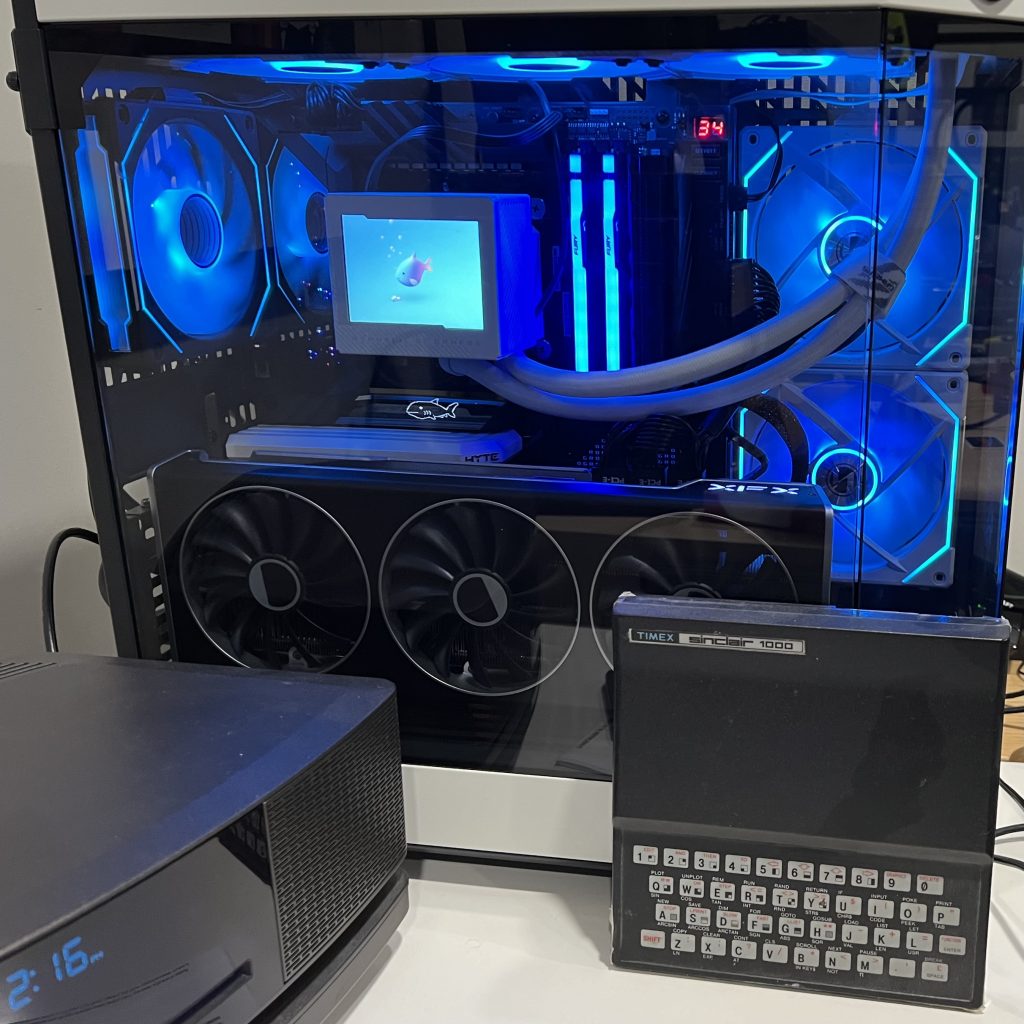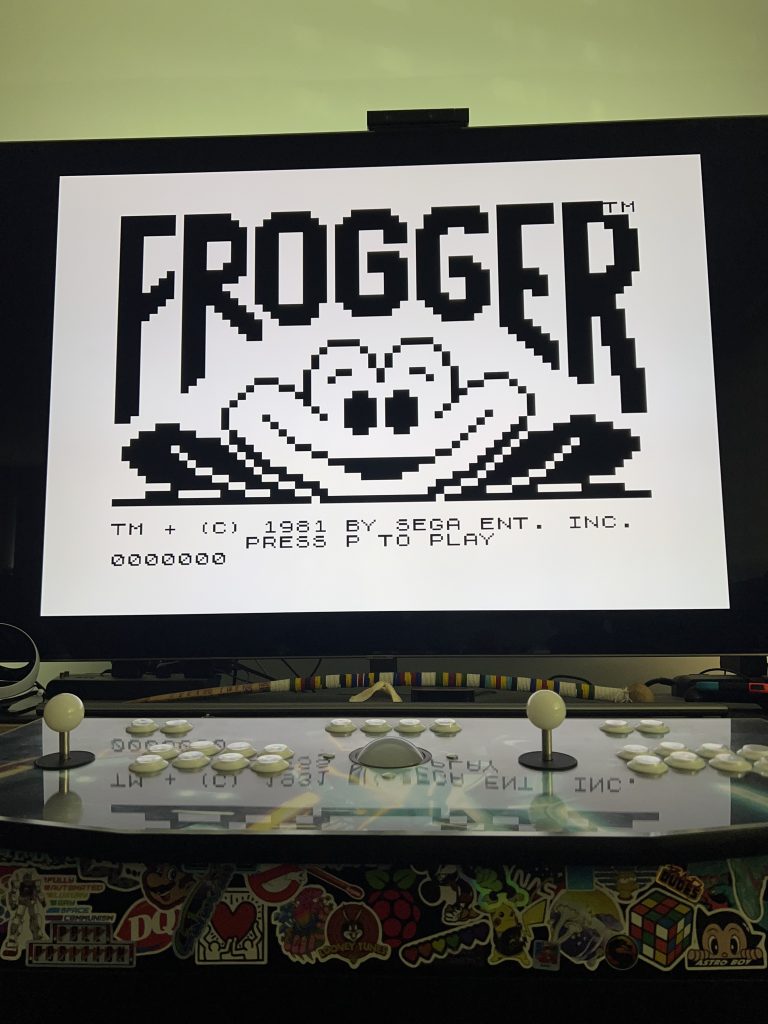I live with anxiety.
It’s something that I really didn’t have an understanding of until I considered that I may be living with it, researched it, and the pandemic, plus some brewing personal situations that I needed to resolve was really the impetus for me figuring it out.
I think, when people think about anxiety, they think of the stereotypical suburban housewife in the 80s and earlier, taking Valium, not able to cope with things; which does a real disservice to women and stigmatizes what anxiety is, and how it can be treated.
We’ve come a long way since then and while mental health is still misunderstood, the treatments, compassion and care that exists today versus what I’ve seen friends go through, say, in the 80s is night and day.
NOTE: This blog entry discusses my mental health journey and while aspects here might help you, I am not a mental health expert and I advise you that if any of what I have written resonates with you, do consider speaking with a therapist.
Consider being in a situation that involves someone else where your mind is racing trying to figure out all the angles, possibilities and outcomes of the situation in advance so you’re prepared to get through any variant of the situation – a perpetual what if machine.
You’re nervous about saying the right thing in the right way because it’s super important to you, you have often been misunderstood in life, so you want to make sure you’re heard and understood. It consumes you and takes up valuable cycles you could be using to focus on other things in your life.
You become irritable, emotional – you want to do the right thing- you want to do the right thing for yourself, you also want to be considerate and do the right thing for the person you need to talk with and open up to, but you can’t because you’re trying to find the perfect way to meet your needs, their needs, to be sensitive to the other person and true to yourself.
You agonize over it.
You beat yourself up.
At least, in how anxiety has been showing up for me, this has been a common scenario. I recognize that anxiety shows up in a multitude of different ways for different people. Overcoming and learning to live with anxiety is a unique journey for everyone.
There are a few approaches I figured out for myself that seemed to work
- I write it out as it helps to get out of your head – a theme – and allows me to collect and organize thoughts. I can spin so hard, its very hard to keep thoughts organized.
- I talk to others to get out of my head – starting to see a theme? Mainly because I have the sense to say, “I need help!”. I know I’m stuck inside, and need to check in with someone else who is outside the situation to get a reality check, to be challenged and ultimately to help stop that spinning so I could do what I needed to do – which was to talk the person I really needed to.
- In some situations I’m able to talk directly to the person, which really is how it should be, but it’s not as smooth as it really should be, and even in those moments, when talking things out, my head can be spinning hard.
That spinning is not kind, it will pull in other baggage, and it’s very hard to dig out. I knew that if I talked directly to the person involved about the situation I’m spinning about, it’s not going to be pretty. At least, that’s what I thought at the time.
In all honesty, no matter how weird or meandering or even ugly the path to the resolution to the situation you’re in is, dealing with it straight up is actually better. The people that can and do see past your baggage will be the ones that will help you figure things out and support you in seeing through your anxiety and triggers.
The character of Anxiety in Inside Out 2, a recent movie from Disney-Pixar, anthropomorphizes a great representation of anxiety. I really feel that if I had this story growing up, it may have given me some good food for thought or at least planted a seed where I could have realized earlier what was happening and lessened the impact on my life.
I’m not going to talk here about how I was able to connect the dots that lead to me learning how to mitigate my anxiety as it did involve some unconventional methods. The parts I will talk about are
- it did involve looking at situations that were triggering me. At the time I was dealing with triggers constantly going off from multiple sources – I am surprised I kept it together. For me, this was typically the starting point for where anxiety starts for a given situation.
- I had the sense to take the time to understand why I was triggered – what in my past is trying to inform me that I’m in some form of “danger zone”? This part of my looking inward journey was huge and I had to build courage to go there and face my interpretation of the past, and heal from it. I had to go back and deal with my past.
- I spent time with my therapist to talk through what I was seeing and experiencing.
- Most importantly, I have some amazing family around me who gave me:
- a safe space for me to be able to deal with whatever I was dealing with in real time as things came up,
- while they called me on my shit, it was clear they had my back and loved me and stood for me being a better Iain, and they were invested in being part of my life just as I wanted them in my life,
- the space to make mistakes and learn from them,
- reminders that I was worthy of that support and love,
- a voice, that would be listened to, where I felt heard, and people took the time to understand me and what I was dealing with,
- where I could get reassurance and learn to trust that reassurance,
- where I could express emotion and not feel locked up, that i was wrong for just feeling and expressing that emotion – that my emotions are real and valid,
- challenged me in a good thought provoking way – during that whole period I was constantly hearing “Get out of your head, Iain”,
- giving me the love and respect that I really needed to get through such a weird space that I happened to get into, that I needed to dig out of.
While only I could do the work, having that support network was what I really needed to sort myself out. Definitely a gift the universe has given me.
Today, I can say my mind is the quietest it has ever been, ever. I cringe thinking about the times it lead to awkward and explosive situations. I’m not comfortable with it, and all I can do is accept that it happened and where required clean it up. learn from it and be a better person.
Anxiety has shaped my life for an incredibly long time. I can go back to my childhood where it started. I have no idea if it’s something that I’m predispositioned towards or a learned behaviour – I suspect a combination of both.
I certainly recognize what I went through, and the situations that made me a pro at the spin and keeping things to myself. My strong independent streak because I couldn’t rely on or didn’t even have the support I should have had when I was younger, and keeping things to myself as a result, among other things, all this adds up, and I am not surprised at how this turned out. It was a perfect storm.
I am proud of the man I’ve become, I’m proud of the hard work I’ve done on myself to be a better human. The true me has always been upbeat, personable, hardworking, someone who wants to do the right thing, make the world a better place and an introvert-leaning ambivert willing to look inwards,
The people that matter, I know, are also proud of me. I would not be where I am without them.

















